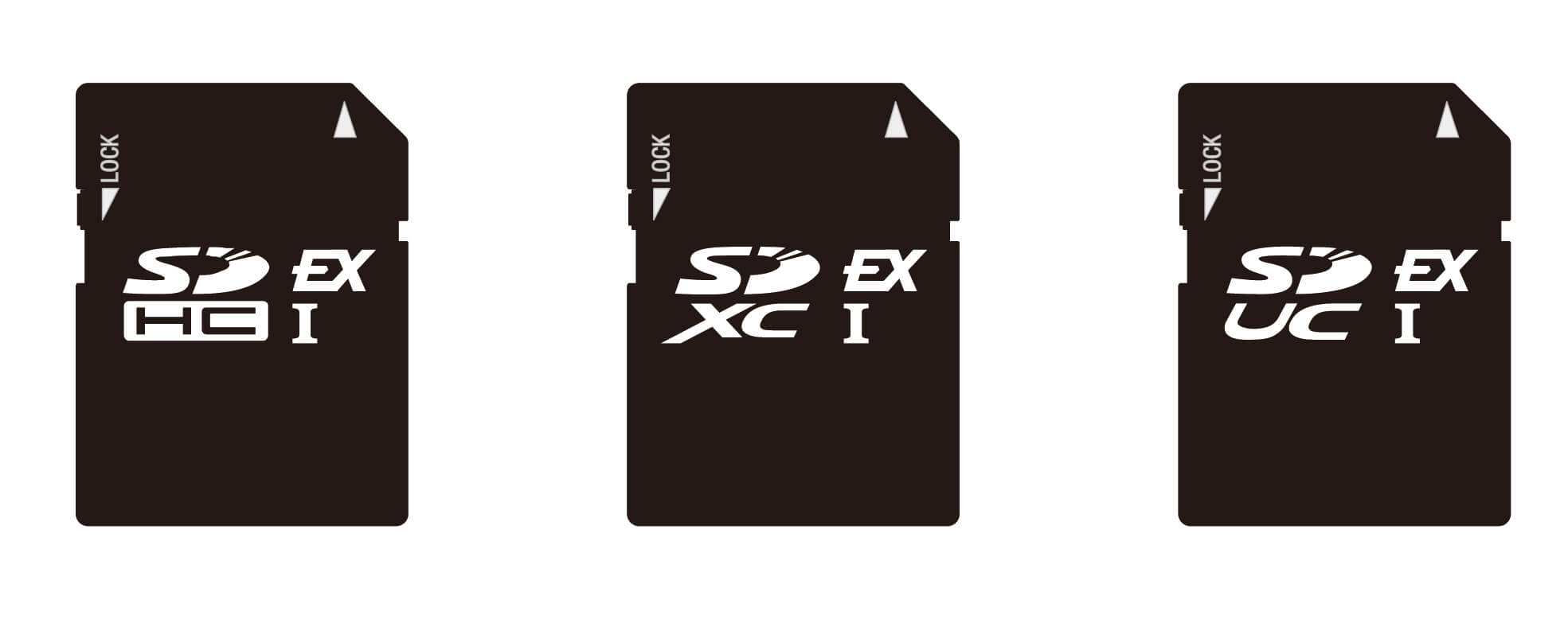Something to look forward to: Higher capacity SD cards with much faster read and write speeds are on the horizon with the introduction of the SD 7.0 specification. Nearing 1GB/s transfer speeds and up to 128TB of storage on a single SD card opens new possibilities for content creation and data storage.
The SD Association has announced the introduction of SD Express. Changes allow for PCIe and NVMe interfaces to be used on the legacy SD interface offering up to 985 MB/s of throughput on the new SD 7.0 specification.
Previously, SD cards were limited to 2TB with SDXC but will now be able to scale all the way up to 128TB using SD Ultra Capacity (SDUC) cards. The microSD form factor will also receive SD Express. Even though the technology may not be ready to put all that storage into a standard form SD card today, this removes one of the barriers.
Offering such high throughput puts SD cards in competition with SATA solid state drives. Even though speeds may be similar, both have hardware arranged quite differently. SD cards require a host controller be present on any device that has a slot to insert a card. SSDs have an integrated controller that handles all file management operations and communicates with a system. Full backwards compatibility remains in place for devices that cannot make use of the newer standards.
As data created from IoT applications, increasingly higher resolution cameras and other devices continue to take up more space, the need for more efficient high capacity storage is clear.
SD Express will be available on SDUC, SDXC and SDHC memory cards. However, the majority of users that truly need the capabilities offered by the new standard are likely going to want to opt for SDUC cards with as much storage as they can justify purchasing.
